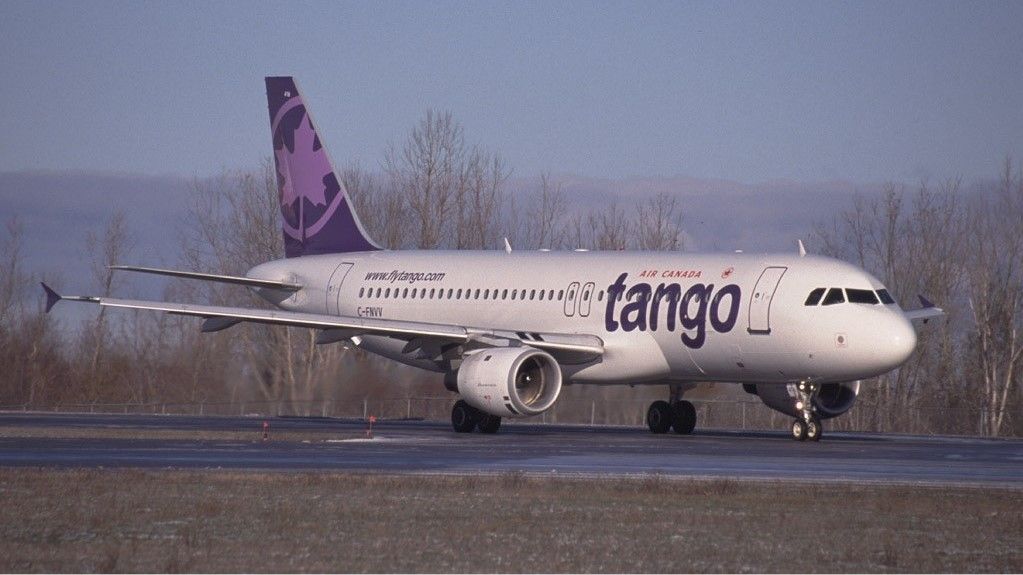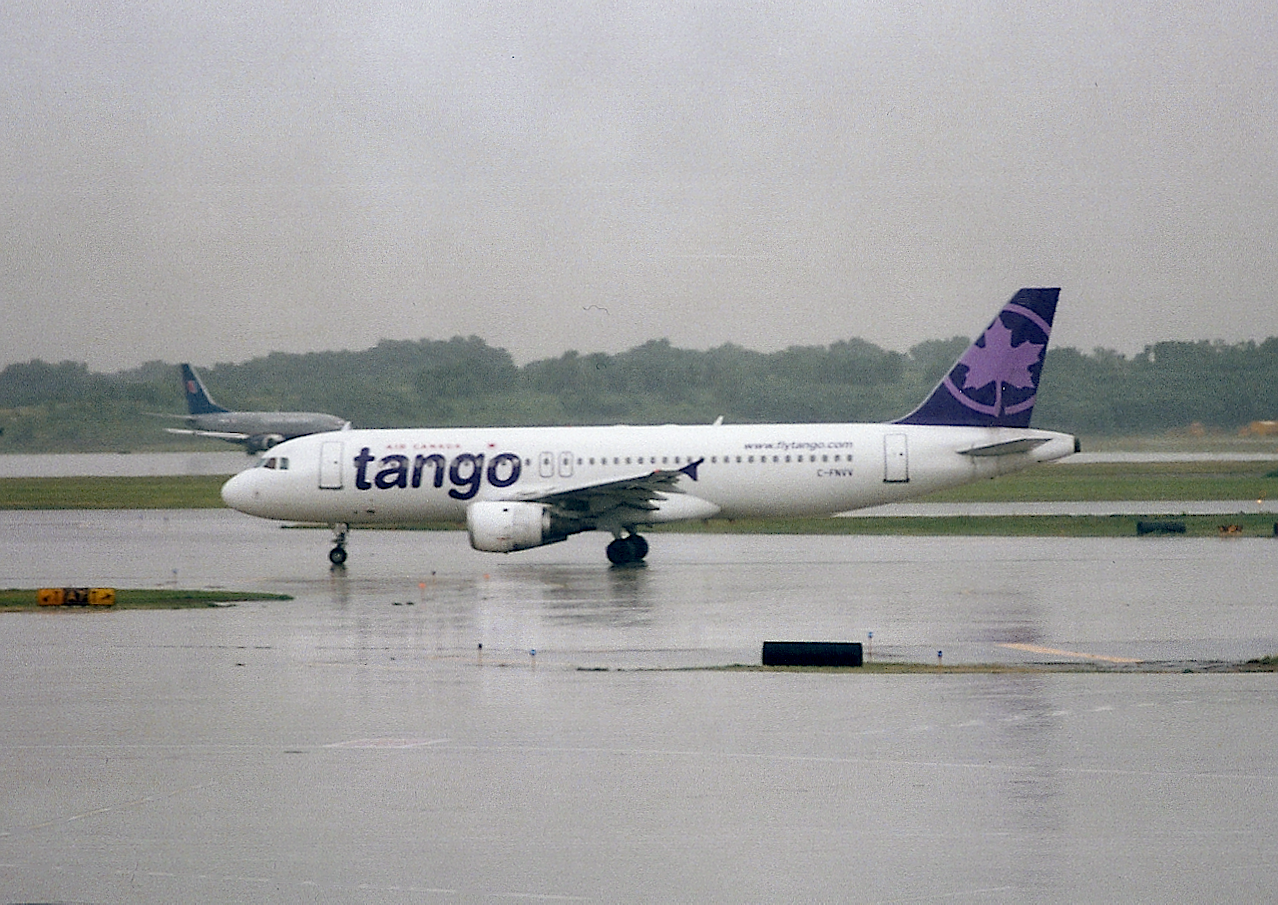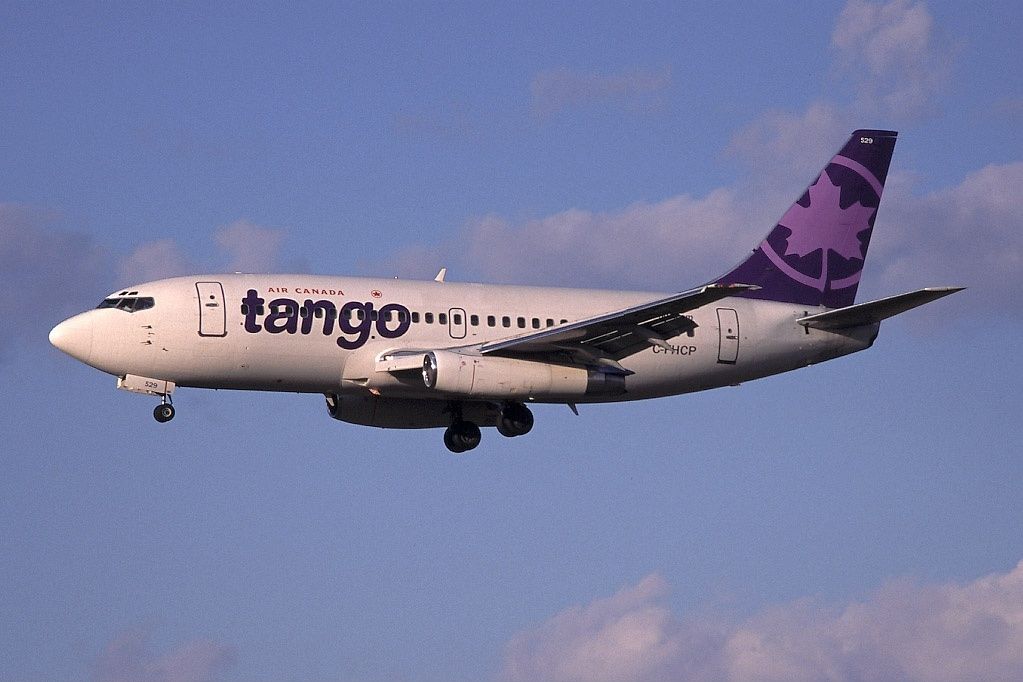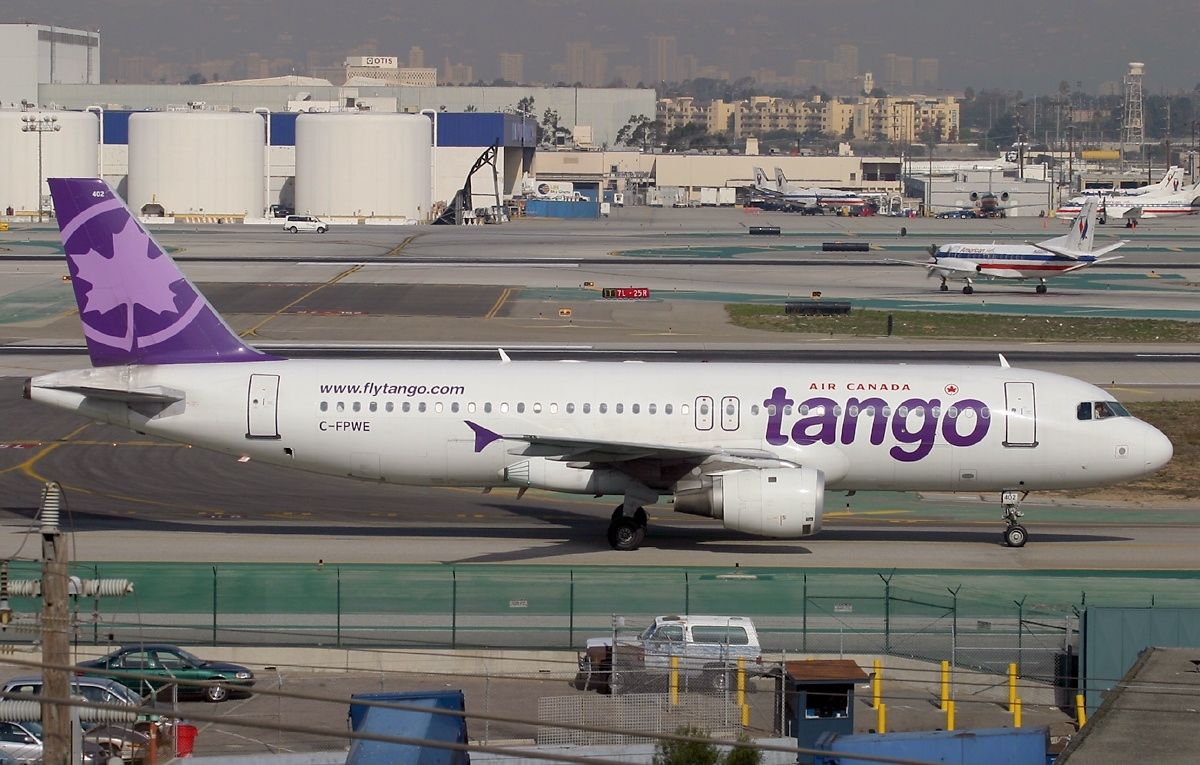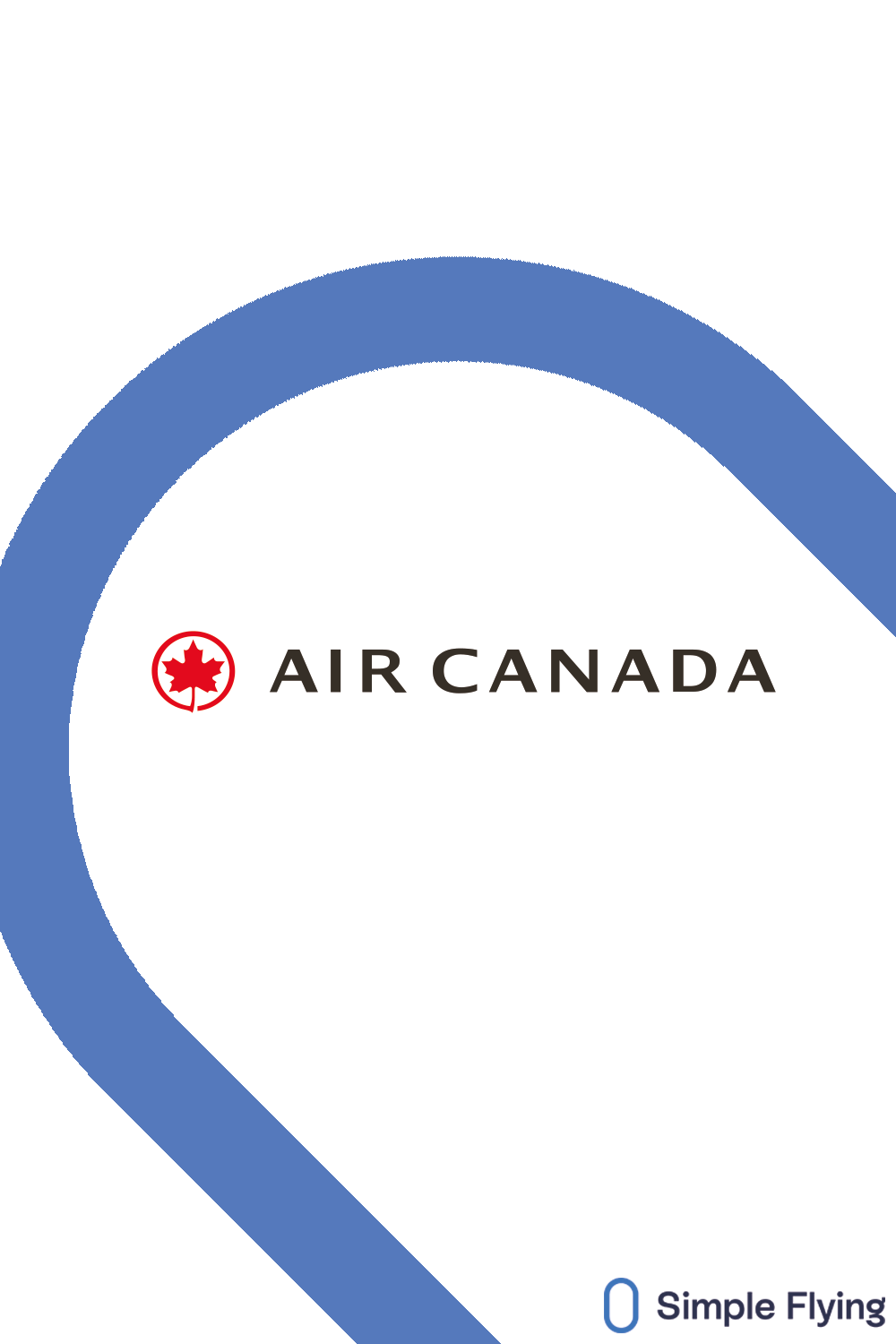Along with its extensive mainline operations, Air Canada operates several other subsidiaries and different brands today. These include the likes of Air Canada Cargo, Air Canada Express, Air Canada Jetz, and Air Canada Rouge. Others have come and gone as well, including low-cost carrier Air Canada Tango. This operated from 2001 to 2004, with a fleet of Boeing and Airbus narrowbodies.
The turn of the century was a low-cost boom
Air Canada entered the increasingly lucrative world of low-cost airlines back in 2001 when it launched a brand-new budget subsidiary airline by the name of Air Canada Tango. This came about following the increasing low-cost competition in the market. WestJet started service in Canada in 1996, offering low-cost alternatives to the existing full-service airlines on many similar routes.
Canada 3000, a subsidiary of British leisure charter carrier Air 2000, was another strong competitor of Air Canada at the time. The airline had operated charter flights up to 2001 but then started offering scheduled passenger services as well. However, it suddenly ceased operations in November 2001, citing the slowdown after the events of September 11th as a primary cause.
Love aviation history? Discover more of our stories here!
The late 1990s and early 2000s were a peak time for low-cost airlines worldwide. European giant easyJet started in 1995, followed by Wizz Air in 2003. In the US, Frontier began flying in 1994, followed by Allegiant in 1998. The new airline allowed Air Canada to compete in the low-cost market without devaluing the main Air Canada brand, a strategy followed by many airlines.
Air Canada Tango was founded in October 2001 and started flying a month later. Based at Toronto Pearson International (YYZ), its domestic destinations included the likes of Calgary, Edmonton, Fredericton, Halifax, Montreal, Ottawa, Quebec City, Saint John, St. John's, Vancouver, and Winnipeg. Further afield, it focussed on holiday destinations in Mexico and the southern United States.
A mixed narrowbody fleet
Air Canada Tango initially commenced operations using Airbus A320-200 aircraft and eventually flew 12 examples of the type. According to data from ATDB.aero, it primarily leased these from Air Canada itself, but one came from Canada 3000. From March 2002, it also added the Boeing 737-200 to its fleet, with another 12 of these eventually serving the airline, also on lease from Air Canada.
Get the latest aviation news straight to your inbox: Sign up for our newsletters today!
In Air Canada Tango's later years, its Airbus A320s would go on to dominate the fleet. This was because many of the airline's Boeing 737s moved over to Air Canada's next low-cost subsidiary, Zip, with transfers beginning in late 2002.
Planespotters.net shows that Air Canada Tango's aircraft had all-economy layouts, with the A320s having 159 seats. Meanwhile, the 737s could accommodate 117 passengers. Customers were charged extra for things like food, drinks, seating, and baggage, a relatively new offering at the time. It also only offered electronic tickets, again saving money compared to the legacy carriers of the day.
Ending service and re-deploying the fleet
The airline's service peaked in late 2002 and 2003, but by early 2004, it ceased operating, with the brand and most of the fleet incorporated back into Air Canada's mainline operations. Some of its aircraft had a slightly different fate and joined another Air Canada subsidiary, namely private hire operator Air Canada Jetz.
While the airline ceased operations, it would not be fair to call it a failure. In fact, its operating model was highly successful and ended up being taken on by Air Canada's mainline division, with the airline simply moving to introduce lower, unbundled fare categories on mainline services. Air Canada even used the Tango name for its lowest-fare products for many years after 2004.
This is quite different from what it did later with Air Canada Rouge, where it focussed instead on lower-yield leisure routes. Air Canada Rouge has changed since its launch in 2013, most notably dropping its widebody aircraft and long-haul routes in 2020 amid the struggles of the pandemic. Even so, it still serves the same low-cost 'airline within an airline' model that Tango introduced at Air Canada.
What do you make of Air Canada Tango's short history? Did you ever fly with the carrier? Let us know your thoughts and experiences in the comments!
Sources: ATDB.aero, Planespotters.net

